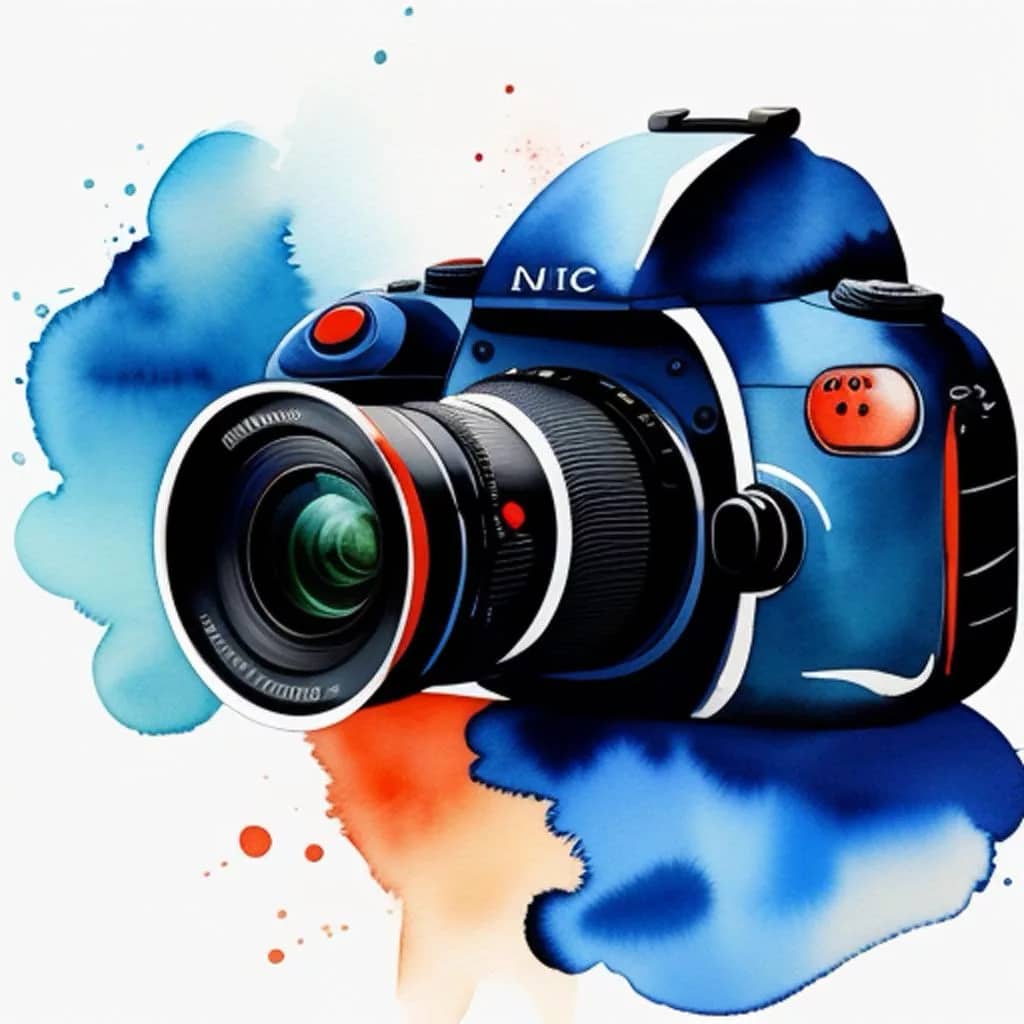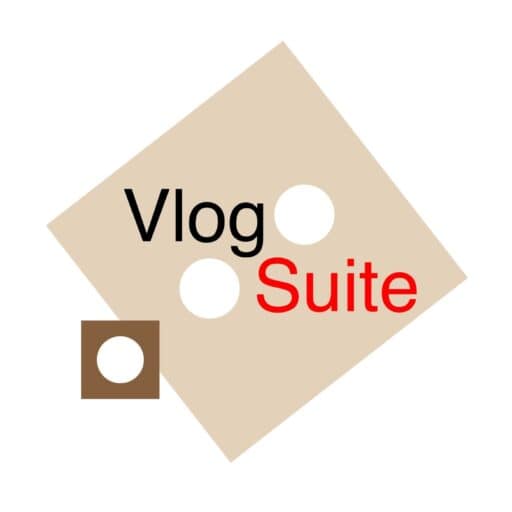
The Art of Vlogging explained
A Comprehensive short Guide to Create Engaging Video Blogs
The art of Vlogging, or video blogging, has become a popular medium for individuals to share their lives, interests, and expertise with a global audience. With the rise of platforms like YouTube, TikTok, and Instagram, anyone with a camera and an internet connection can start a vlog. This article will explore the key elements of successful vlogging, from conceptualization to execution, and provide practical tips for creating engaging and professional video content.
The Essence of Vlogging
At its core, vlogging is about storytelling. Whether you’re sharing daily routines, travel adventures, cooking tutorials, or tech reviews, the goal is to connect with your audience through compelling narratives. Successful vloggers create content that is not only informative but also entertaining and relatable.
Conceptualize Your Vlog

1. Identify Your Niche:
- Determine what topics you are passionate about and knowledgeable in. This could be anything from fashion, fitness, and beauty to gaming, education, or lifestyle.
- Research existing vloggers in your chosen niche to understand what works and what gaps you can fill.
2. Define Your Audience:
- Understand who your target audience is. Consider their age, interests, and preferences.
- Create content that caters to the needs and desires of your audience, ensuring relevance and engagement.
3. Plan Your Content:
- Develop a content calendar to organize your ideas and ensure consistent posting.
- Plan each vlog episode with a clear beginning, middle, and end to maintain a cohesive storyline.
Set Up Your Vlogging Space

1. Choose the Right Location:
- Select a space with good natural light and minimal background noise.
- Create a visually appealing background that reflects your vlog’s theme. This could include decor, plants, or posters.
2. Invest in Quality Equipment:
- Camera: A good quality camera or smartphone with high resolution.
- Microphone: An external microphone to ensure clear audio.
- Lighting: Softbox lights or ring lights to enhance video quality, especially in low light conditions.
- Tripod: To keep your camera steady and ensure smooth shots.
3. Optimize Your Setup:
- Position your camera at eye level for a natural and comfortable angle.
- Use a clean and clutter-free background to avoid distractions.
Record Your Vlog

1. Script and Rehearse:
- Write a script or outline for your vlog to stay on track and cover all necessary points.
- Rehearse your lines to improve delivery and reduce the need for multiple takes.
2. Engage Your Audience:
- Speak directly to the camera as if you’re talking to a friend.
- Use gestures and facial expressions to convey enthusiasm and emotion.
- Encourage viewer interaction by asking questions and inviting comments.
3. Capture B-Roll Footage:
- Record additional footage (B-roll) to complement your main content. This could include close-ups, wide shots, or relevant scenery.
- B-roll helps to break the monotony of continuous talking and adds visual interest.
Edit Your Vlog

1. Choose the Right Software:
- Use user-friendly editing software such as Adobe Premiere Pro, Final Cut Pro, or free options like DaVinci Resolve and iMovie.
- Familiarize yourself with basic editing techniques, including cutting, transitions, and adding text overlays.
2. Enhance Audio and Visuals:
- Edit your audio to remove background noise and enhance clarity.
- Adjust brightness, contrast, and saturation to improve video quality.
- Add music and sound effects to create a more immersive experience.
3. Maintain Pacing:
- Keep your vlogs concise and to the point. Aim for an average length of 8-12 minutes.
- Use jump cuts to remove unnecessary pauses and maintain a dynamic flow.
Publish and Promote Your Vlog

1. Optimize for SEO:
- Create catchy and relevant titles, descriptions, and tags to improve discoverability.
- Use keywords that your target audience is likely to search for.
2. Create Eye-Catching Thumbnails:
- Design custom thumbnails that are visually appealing and accurately represent your content.
- Use bold text and high-quality images to attract clicks.
3. Engage with Your Community:
- Respond to comments and questions to build a loyal audience.
- Collaborate with other vloggers to expand your reach and gain new followers.
4. Promote Across Platforms:
- Share your vlogs on social media platforms like Instagram, Twitter, and Facebook to reach a wider audience.
- Use teasers and behind-the-scenes content to generate interest and anticipation.
Conclusion
Vlogging is a powerful tool for personal expression and connection in the digital age. By following these guidelines, you can create engaging and professional vlogs that resonate with your audience. Remember, consistency, authenticity, and creativity are key to building a successful vlogging channel. Happy vlogging!

Resumed in a table
Summary of the key points from the article in a table format:
| Aspect | Details |
| Essence of Vlogging | Storytelling to connect with the audience through compelling narratives. |
| Conceptualize Your Vlog | – Identify Your Niche: Choose topics you are passionate about. – Define Your Audience: Understand their age, interests, and preferences. – Plan Your Content: Develop a content calendar and plan episodes. |
| Set Up Your Vlogging Space | – Location: Choose a space with good light and minimal noise. – Equipment: Invest in a quality camera, microphone, lighting, and tripod. – Setup: Position camera at eye level and use a clean background. |
| Record Your Vlog | – Script and Rehearse: Stay on track with a script. – Engage Audience: Speak directly to the camera, use gestures and expressions. – Capture B-Roll: Record additional footage for visual interest. |
| Edit Your Vlog | – Software: Use editing tools like Adobe Premiere Pro or iMovie. – Enhance Audio/Visuals: Improve clarity, brightness, and add music. – Maintain Pacing: Keep videos concise, around 8-12 minutes. |
| Publish and Promote Your Vlog | – SEO Optimization: Use relevant titles, descriptions, and tags. – Thumbnails: Design eye-catching thumbnails. – Community Engagement: Respond to comments and collaborate with other vloggers. – Cross-Platform Promotion: Share on social media and use teasers. |
This table provides a concise overview of the key points from the article on creating engaging video blogs.






